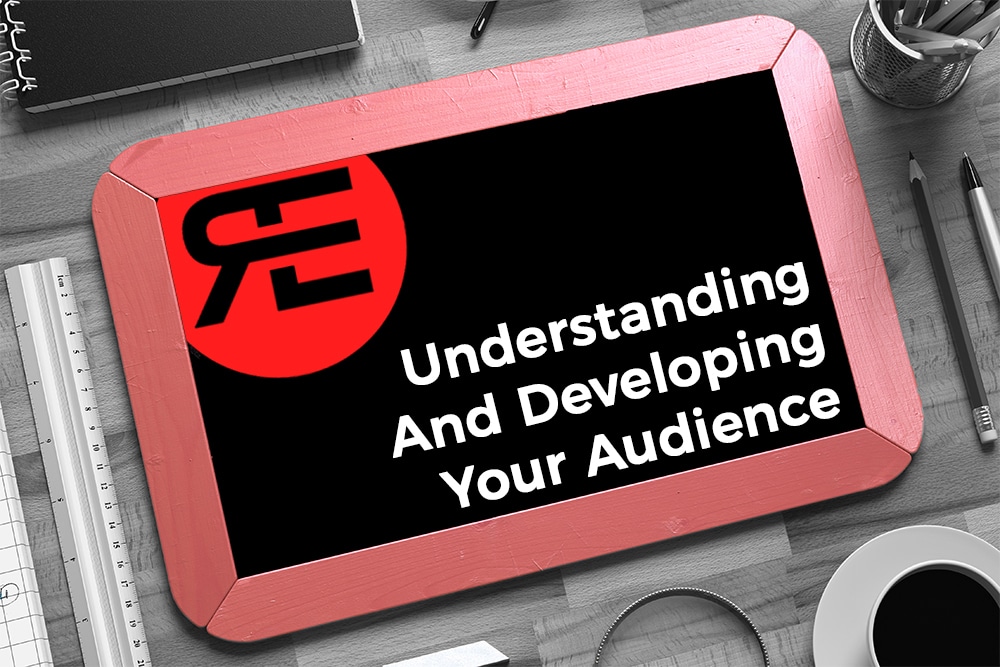Special BRANDING AUDIT SERIES — Part 3 of 3
I say that each element of business is the most critical: your branding and its meaning and message and your marketing channels. They’re just as important, yes, and your audience is no different. Pitching your product or service to the right audience means all your hard work will be received by the right people. No efforts will be lost and nothing will fall on deaf ears. It will come together for you when you master understanding and developing your audience. Everything has to fall in line for success to be within reach and even then, you need to work hard and work smart. Life Improvement Media suggested I use their 3rd blog as it already covered the same talking points I wished to discuss. I thank them for their efforts. After all, what else are sisters (brands) for?
Part three of our BRANDING AUDIT blog series revolves primarily around the development and understanding of your audience. Secondly, we will cover the basic analytics to track. If you would like to circle back to the previous two parts of our series, click on the desired blog below!
- Branding Audit Series: Part 1 — Understanding The Basic Elements Of Branding
- Branding Audit Series: Part 2 — Executing The Proper Marketing Strategy
Lorem cognosce tuo | Know thy customer
For this blog’s sake, the term “audience development” encompasses a lot more than just your audience. In theory, based on your product or service, your audience is already developed. As a business owner or an entrepreneur, you’re bringing value to a base of customers with your product or service. This section is more about narrowing down the general population to your targeted audience.
If you’re new to business or the world of entrepreneurship, this is where you will start to understand your audience. Unfortunately, a lot of business owners can’t answer the question of “who is your target audience?” or “who is your ideal customer?” on the fly. This really worries us, which is why we’re breaking down the stages of auditing your brand for you. EDUCATION IS KEY! At any rate, grab a pen and paper to copy down the following questions. The below list can be used to help you find and further target your audience.
Trigger Questions
- Where do your customers spend their time?
- When do your customers communicate?
- How do your customers communicate?
- What type of content best resonates with your customers?
- What do your customers expect from your content this year?
Focus your time and energy in the same places and at the same times as your customers. You will be far closer to your customers and your goals than your competition!
We discussed consistency in our last blog on marketing strategy. Consistency applies throughout audience development as well. Posting your content and marketing your business to your audience must be done on a consistent basis. Again, they’ll expect your content at certain times. Again, be sure not to disappoint them. With your consistent posting comes maintaining the same voice across all modes of communication. Be yourself no matter what platform you’re on.
A solid strategy should be seamless. Bring great content that provides value. Providing value means your exposure increases. An increase in exposure means your audience listens and consumes what you share. Your audience sharing your content means your branding is becoming stronger. This is a positively cyclical process!
Always. Track your data. Always.
Break down your marketing and digital presence into three parts: your website, email marketing, and social presence. Each part has its own list of critical factors necessary for analytics and testing. There is a slew of questions to concern yourself with for each section, but don’t be overwhelmed.
Regarding your website (which is hopefully built on WordPress, by the way), you should first focus on page views and visitors. How many unique visitors are coming to your website vs. how many bots show up? When visitors click on your page, how long are they staying? (Another way to ask that is: how long is the average session?) What are the various demographics of your visitors? Actions — are your visitors moving around and reading? Are they stuck at a certain point on your website? Be aware that your website will appear differently to people on desktop vs. mobile vs. a tablet! If you have a call-to-action or a way for visitors to subscribe to a newsletter, are they opt-ing in or bypassing it?
Your Email & Website
Email is the second major piece to analyze. Regarding emails sent to your subscribers: how many are being opened? Of those opens, how many people are clicking through to links to drive them further along in your marketing campaign? In your email itself, how many people opt out of your newsletter or emails altogether? What do your conversions look like?
Now, let’s look at your social presence. Out of the platforms you are on, how many impressions do you get for your posts? Are you aware of the demographics of the people who see your posts? Of all the people who see your content, how many engage, comment and share? Know the peak times for your engagements as well and further develop your strategy around those times for maximum reach.
Real measurements and analytics mean constantly seeing what works and fixing what isn’t working. It’s an ongoing process. Be sure to start measuring small pieces and add on as you go.
I’ve borrowed section three of the brand audit worksheet from Life Improvement Media as well to offer to my personal entrepreneurial readers and solopreneurs. Click below to receive a PDF version that walks you through understanding and developing your audience.



Recent Comments